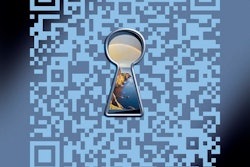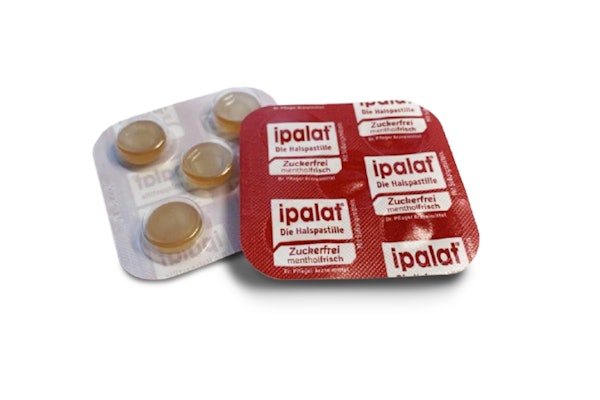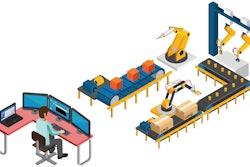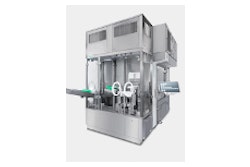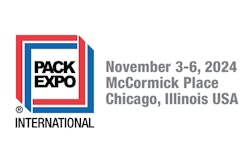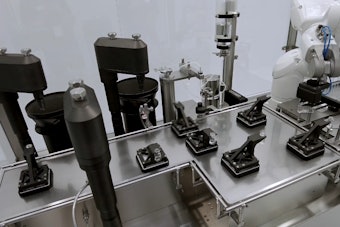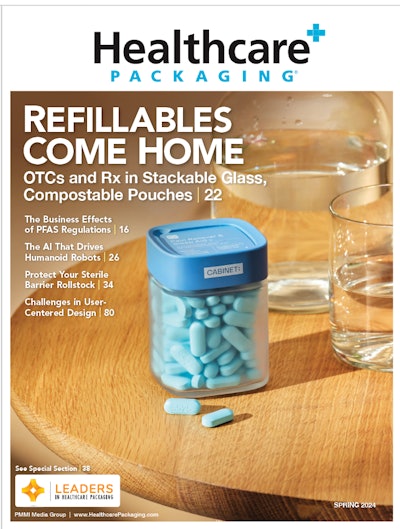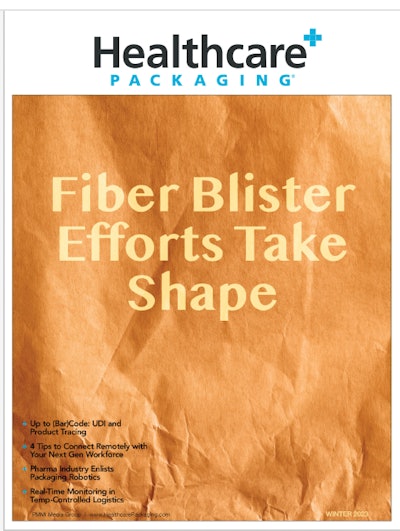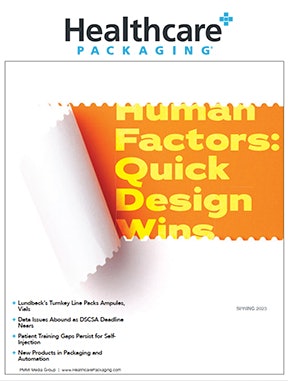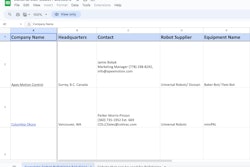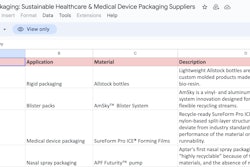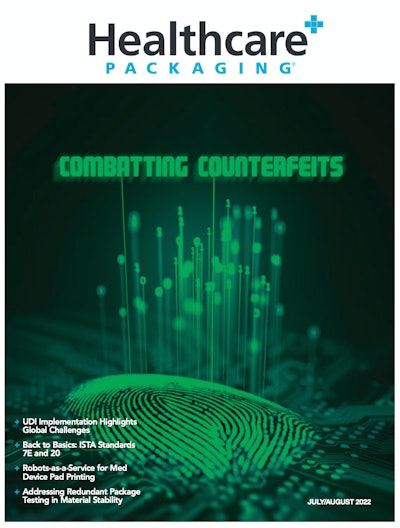
The quest for real-time authentication is necessary and beneficial, but the packaging community is still overcoming the challenges of implementing on a massive scale.
Individual manufacturers employ traceability systems that must work interoperably with downstream platforms, trading partners, and sometimes end users, whose technology they don’t control. Understandably, it can be a headache—but the industry will get there.
Our July/August issue cover story from Stephanie Neil focuses on Alitheon’s optical artificial intelligence system that can authenticate products by taking a picture with a mobile phone—a piece of tech that any downstream partner has. “FeaturePrint” identifies minute differences on the surface of an item, even individual tablets, and the image taken on the line is stored to create a digital baseline for future reference.
Also in traceability news, we talk with a unique device identification (UDI) expert about hurdles in implementing UDI on the global stage. Many of the issues that come up have nothing to do with coding and marking, but with how companies manage their med device portfolios across markets.
In design, check out our coverage of a burgeoning effort in reducing redundant med device packaging stability testing. This work may lead to a new minimum floor of stability for well-established materials under certain conditions, and allow for process upgrades more easily, provided the data supports claims.
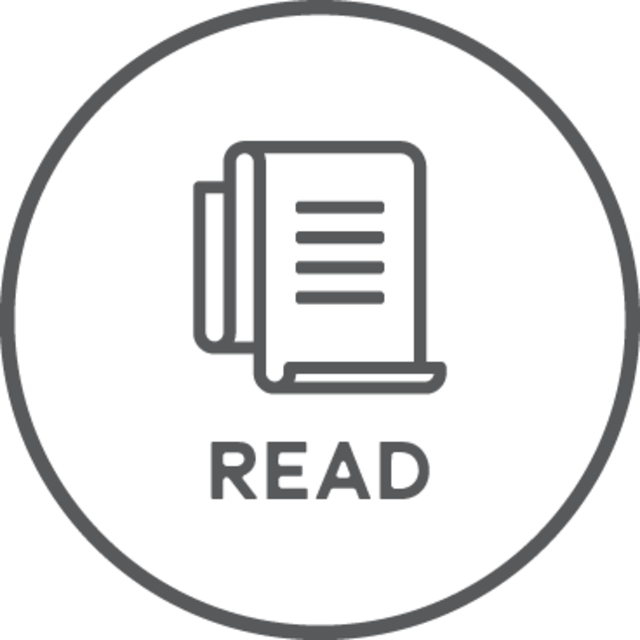 |
Also in the issue:
Back to Basics: ISTA Standards 20 and 7E
Great Resignation Driving Employee Poaching
Delphon Puts Robots-as-a-Service to Work
Turntable Machine Packages Prefilled Syringes
Pharmaceutical Manufacturers Can No Longer Take a Pass on Sustainable Packaging
Dove Debuts Reusable Body Wash Packaging System
![Some manufacturers continue to use proprietary barcodes for various purposes that existed before UDI along with a UDI barcode. This can confuse downstream users. [Getty]](https://img.healthcarepackaging.com/files/base/pmmi/all/image/2022/07/GettyImages_1277162405.62cf36052a3d5.png?auto=format%2Ccompress&fit=crop&h=167&q=70&w=250)
